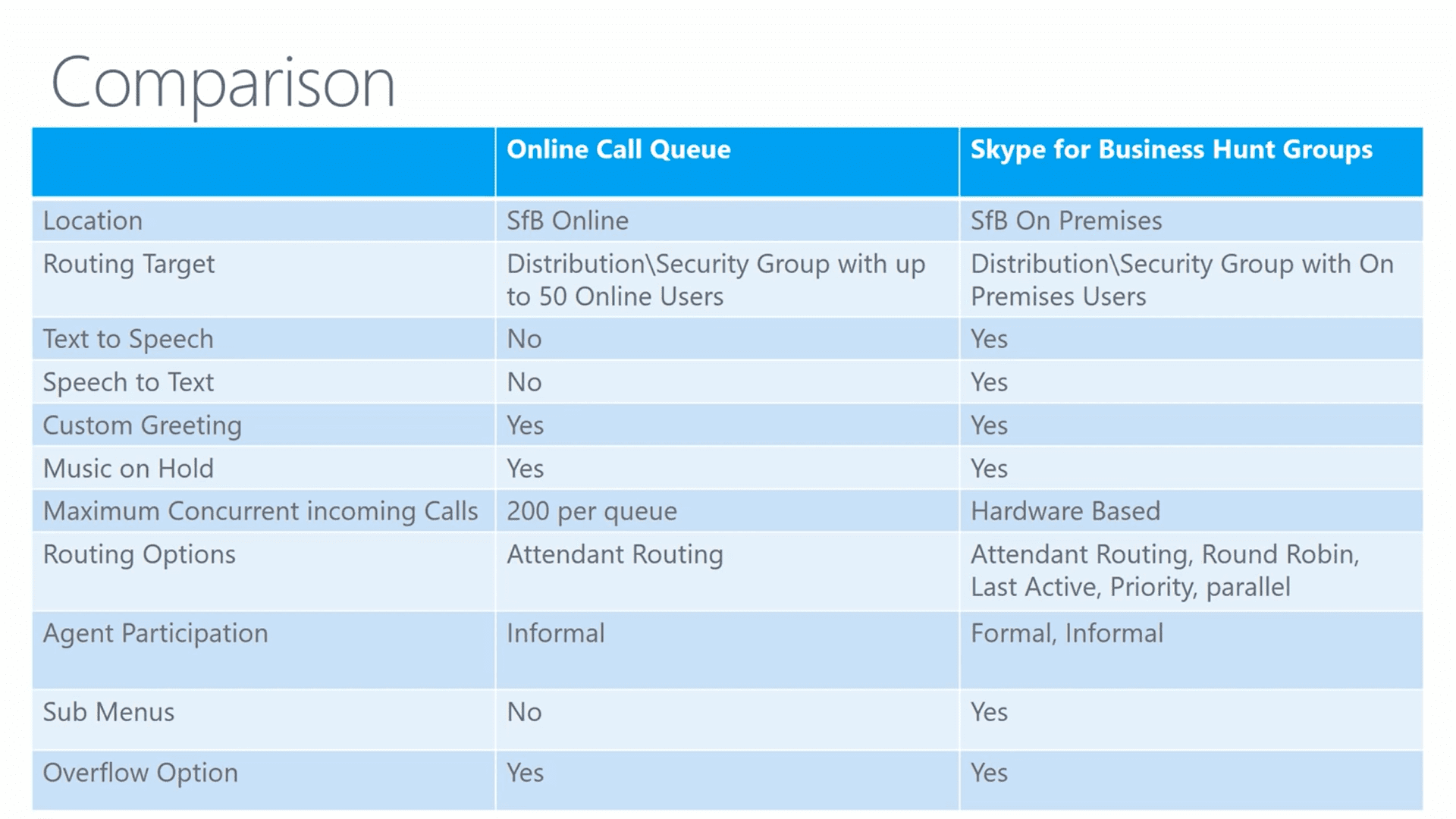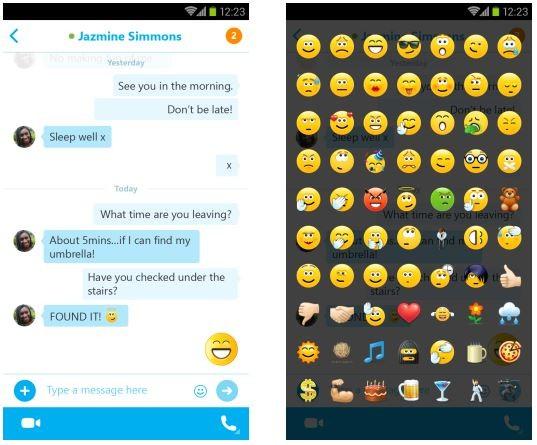

Note that announcement identities are composed of two parts: the service where the announcement is to be stored, and a 36-character GUID (globally unique identifier). When a TTS prompt is used for an announcement you must specify a language, which we do here by including the Language parameter followed by a string representing U.S. To assign a TTS prompt to this announcement we use the TextToSpeechPrompt parameter followed by a string with the announcement text. Next we give the announcement a Name, in this case Help Desk Announcement. The Identity must be at the service scope, followed by the service ID of the Application Server (ApplicationServer:). The first parameter we specify is Identity. Examples - EXAMPLE 1 - New-CsAnnouncement -Identity ApplicationServer: -Name "Help Desk Announcement" -TextToSpeechPrompt "Welcome to the Help Desk." -Language "en-US"Įxample 1 demonstrates how you can create a new announcement that will play a TTS prompt in U.S. You can assign announcements to unassigned numbers by calling the New-CsUnassignedNumber or the Set-CsUnassignedNumber cmdlet.


This cmdlet creates these announcement settings. In this article Syntax New-Cs AnnouncementĪn organization can own phone numbers that are not assigned to users or phones, but that are still valid numbers that can be called.īy default when someone dials one of those numbers, that person will receive a busy signal and the call may result in an error returned to the SIP client.īy applying announcement settings to unassigned numbers, administrators have the option of playing a message, returning a busy signal, or redirecting the call. This cmdlet was introduced in Lync Server 2010. Creates a new Skype for Business Server announcement.Īnnouncements are played when users dial a valid but unassigned phone number.Īn announcement can be a message (such as "This number is temporarily out of service") or a busy signal.


 0 kommentar(er)
0 kommentar(er)
